Mozambique: UN torture prevention body to visit the second time
Mozambique: Pilot project launched that could prevent 75% of malaria cases
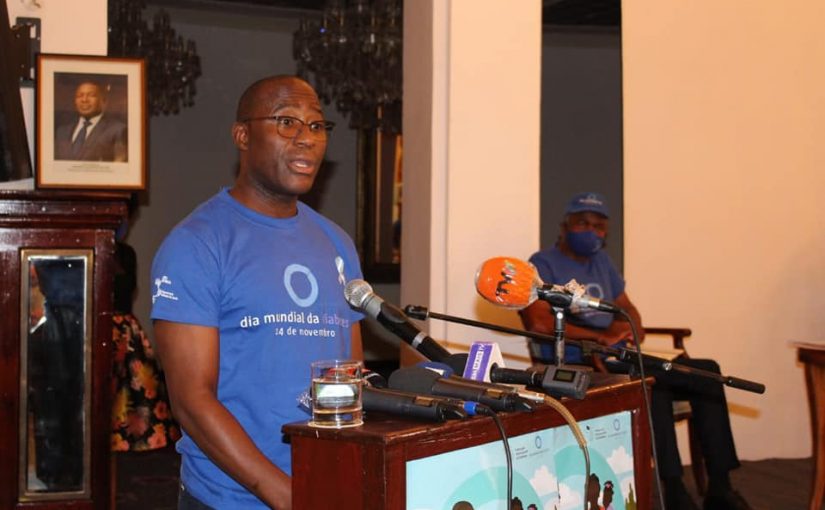
Photo: MISAU
The Mozambican Ministry of Health on Monday launched a pilot project for malaria prevention, which can prevent three-quarters of cases of the disease, one of the most deadly in the country, the government said.
The intervention can prevent 75% of cases of malaria in children under five years of age and will be done door-to-door, through community volunteers supervised by health workers or qualified personnel, the ministry said in a statement.
“This is the first time that Mozambique has implemented this strategy, which will be accompanied by a scientific research protocol in partnership with specialists in malaria research,” it added.
The initiative will take place in two districts of Nampula province (in the north of the country, the most populated) and consists of two malaria drugs combined in four monthly doses, called SPAQ – Suladoxine/Pyretamine and Amodiaquine.
Children from 3 months to 5 years of age are the target group of this pilot project.
The Malaria Seasonal Chemoprophylaxis Campaign will be implemented on a pilot basis in the province of Nampula, in the districts of Malema and Mecoburi, both chosen after analysis of malaria stratification, seasonality and combination with other intervention measures.
A third district, Lalaua, will be involved in the evaluation as a control.
If the results are positive, the ministry will expand the method to other locations in 2021.
According to the latest World Health Organisation (WHO) annual report on malaria for 2018 and released a year ago, 968 deaths from malaria were officially recorded in Mozambique, 146 fewer than in the previous year and 2,386 fewer than in 2010.
According to the report, it is estimated that the total number of deaths, in addition to the cases registered, is between 11,900 and 18,400 people. In eight years, there has been a 23% drop in the lower limit of the estimate, while the upper limit has practically been maintained.
The country, with some 29.5 million inhabitants, is part of a group of 11 priority states in the “High Burden to High Impact” initiative, with which the WHO aims to accelerate progress in combating where the disease remains endemic.
According to the latest annual report, six countries account for almost half of the world’s infections: Nigeria (25%), Democratic Republic of Congo (12%), Uganda (5%), Ivory Coast, Niger and Mozambique (4% each).
In 2018, estimates said that the disease caused more than 400,000 deaths, 380,000 in Africa and 270,000 in children aged under five.





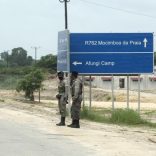
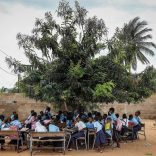
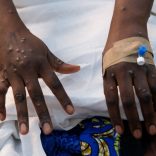
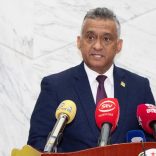



Leave a Reply
Be the First to Comment!
You must be logged in to post a comment.
You must be logged in to post a comment.